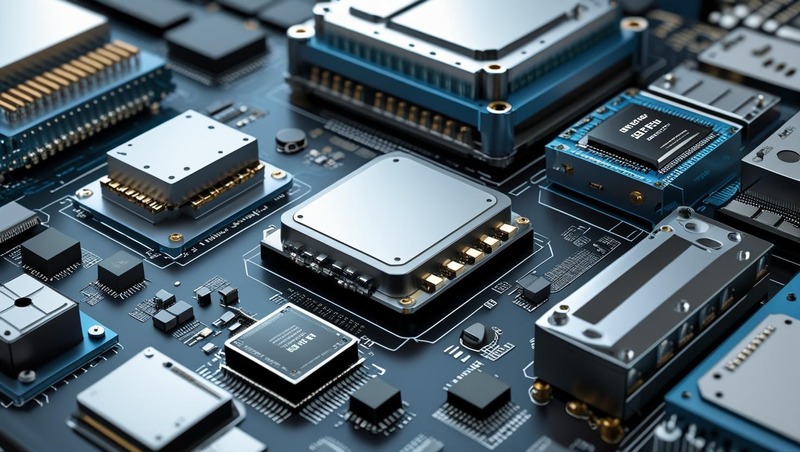Edge AI devices are fundamentally transforming the way data is processed and decisions are made in real time across various industries. By combining artificial intelligence capabilities with edge computing, these devices enable immediate data analysis and action directly at the source, bypassing the delays and bandwidth constraints associated with cloud-based processing. This shift is driving faster, smarter, and more autonomous systems that are reshaping applications from manufacturing and healthcare to transportation and smart cities.
Traditional data processing models rely heavily on sending vast amounts of raw data to centralized cloud servers for analysis, which introduces latency and potential network reliability issues. Edge AI devices, equipped with specialized processors like AI accelerators and neural processing units (NPUs), perform inference and data analytics locally on devices such as sensors, cameras, and gateways. This localized intelligence allows for instant recognition of patterns, anomalies, or events, enabling real-time decision-making without the need for round-trip communication with the cloud.
Download PDF Brochure @ https://www.marketsandmarkets.com/pdfdownloadNew.asp?id=158498281

In industrial settings, for example, edge AI devices monitor equipment health by analyzing vibration, temperature, and operational data on-site. When they detect early signs of malfunction, they can trigger alerts or corrective actions immediately, preventing costly downtime. In autonomous vehicles, edge AI processes sensor inputs from cameras, lidar, and radar instantaneously to make split-second driving decisions crucial for safety. Similarly, smart surveillance systems leverage edge AI to identify security threats or suspicious behavior in real time, enabling prompt responses.
The benefits of edge AI-driven real-time processing extend beyond speed. By processing sensitive data locally, these devices enhance privacy and data security, reducing exposure to cyber threats during transmission and storage. Moreover, minimizing data sent to the cloud significantly lowers network bandwidth usage and operational costs, making deployments more scalable and sustainable.
Edge AI devices also empower greater autonomy and resilience in environments where network connectivity is unreliable or intermittent. Remote oil rigs, agricultural fields, or disaster zones can rely on intelligent edge systems to maintain continuous operation and decision-making without depending on constant cloud access. This capability is critical for mission-critical applications and remote monitoring.
Furthermore, advancements in miniaturized hardware and power-efficient AI chips are enabling more compact, affordable, and versatile edge AI devices. These innovations open new possibilities for widespread adoption in consumer electronics, wearable technology, smart appliances, and beyond.
In summary, edge AI devices are revolutionizing real-time data processing and decision-making by bringing intelligence directly to the point of action. Their ability to deliver low-latency, secure, and autonomous computing is driving transformative changes across industries, unlocking new levels of efficiency, safety, and innovation in the era of connected intelligence.